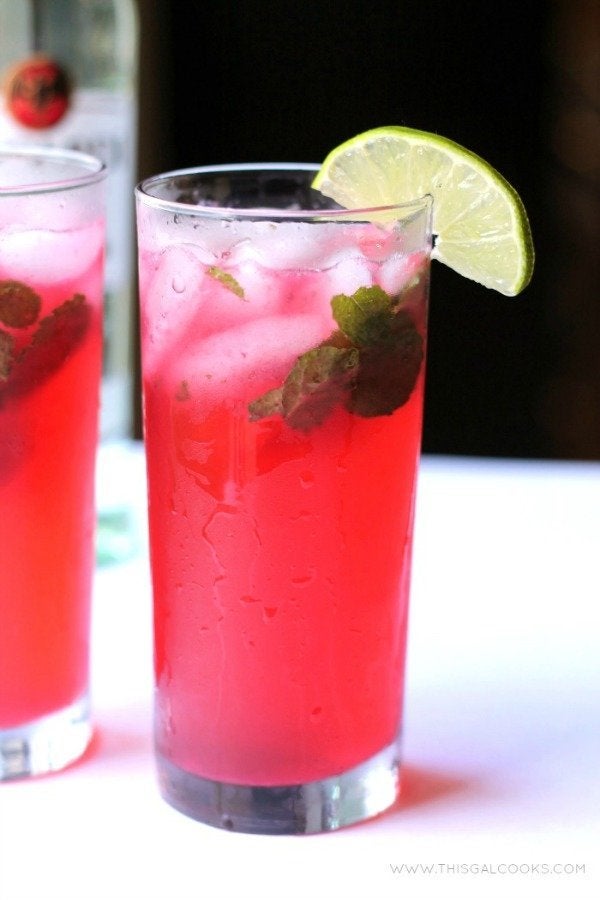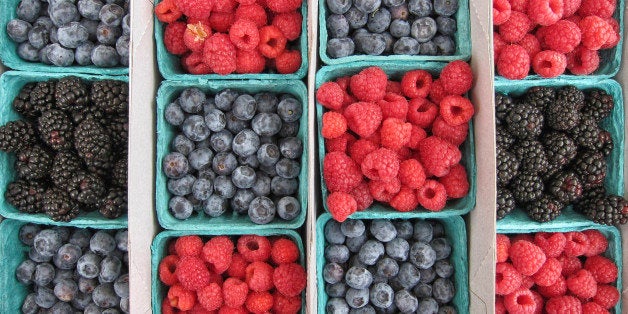
For too many reasons to count, summer is the best season for eating. First there's the fresh produce -- corn, tomatoes and peaches -- and then there's the outdoor grilling -- smoky meats, light seafood and charred vegetables -- and of course it's also ice cream season. One of summer's greatest offerings, however, is the abundance of berries. We're talking everything from strawberries to huckleberries -- it's a long, colorful and beautiful list.
First, let's get this out of the way: our definition of "berry" for the purposes of this post is colloquial, not botanical. Botanically speaking, a berry is "a fleshy fruit that has multiple seeds on the inside, embedded in the flesh of the ovary." This means that fruits like bananas, eggplants and chili peppers are berries (yes, they're also fruits). This also means that fruits like strawberries, blackberries and raspberries are not technically berries. A strawberry, for example, is not produced by a single ovary, which means it is not a berry. It is an "enlarged stem end, or receptacle, in which are partially embedded the many true fruits... popularly called seeds."
In this post, we're referring to all the fruits you commonly call berries -- so don't be alarmed when you see strawberries and raspberries in our list. We're lumping them into the summer bounty we all commonly perceive as berries. According to the true definition of a berry, however, strawberries, raspberries, blackberries and boysenberries are not technically berries. Blueberries, huckleberries and gooseberries are.
Now that we've settled that, let's take a look at eight gorgeous "berries" that we can't wait to eat this summer.

Choosing: The best strawberries are bright, firm to the touch but plump. Strawberries don't ripen after they are picked, so don't go for the ones that are partially white.
Using:Let us count the ways -- starting with eating them fresh. When they're fresh from the field, they're as sweet as candy. You can eat them whole, cut them up for fruit salads or to top cake. They make great pie (ahem, strawberry rhubarb), and they also make great jams and preserves.
Storing: Don't wash strawberries until you're ready to use them. They will keep for a couple days in the refrigerator, ideally stored on a layer of paper towel in an air-tight container. You can also freeze them to use all winter long. If you're freezing strawberries, wash and let them dry completely, freeze them on a baking sheet for at least an hour and then place in bags.
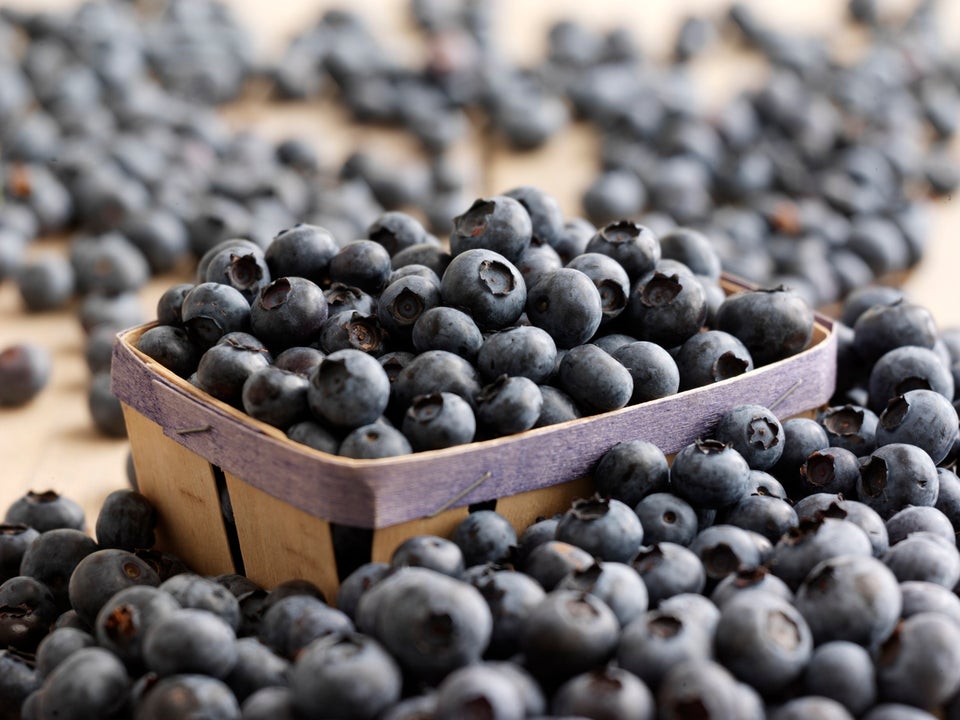
Choosing Good blueberries are firm, deep blue and not crushed. They should also have a frosty sheen.
Using:Enjoy blueberries fresh, on their own, or in all kinds of baked goods. There's are the obvious breakfast foods -- like blueberry pancakes and blueberry muffins -- and desserts, like blueberry pie. Blueberries also go great in beverages, like a blueberry ginger bellini, or in sauces, like this blueberry grappa sauce.
Storing: You shouldn't wash the blueberries until you are ready to use them, but you can remove the stems. Store them in their container for up to five days. You can also freeze blueberries but spreading them out and drying them on baking sheets, then freezing them on the baking sheets for an hour before transferring them to bags.
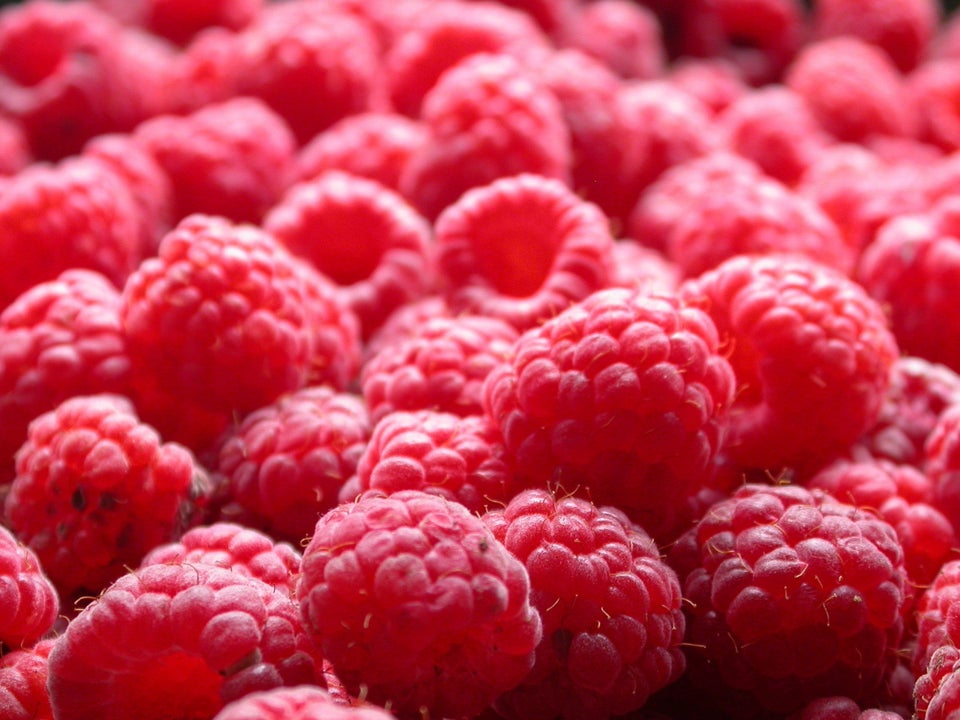
Choosing Raspberries should have a deep color and shouldn't be soft or moldy in any places.
Using:Raspberries are sweet and can be enjoyed fresh, whole and on their own. They also make great cakes and cake toppers.
Storing: Raspberries will stay good for two to three days in the refrigerator, but you should eat them as quickly as possible! Before storing them, remove any moldy or mushy ones, and store in their original container or on a paper towel-covered plate covered with plastic wrap.
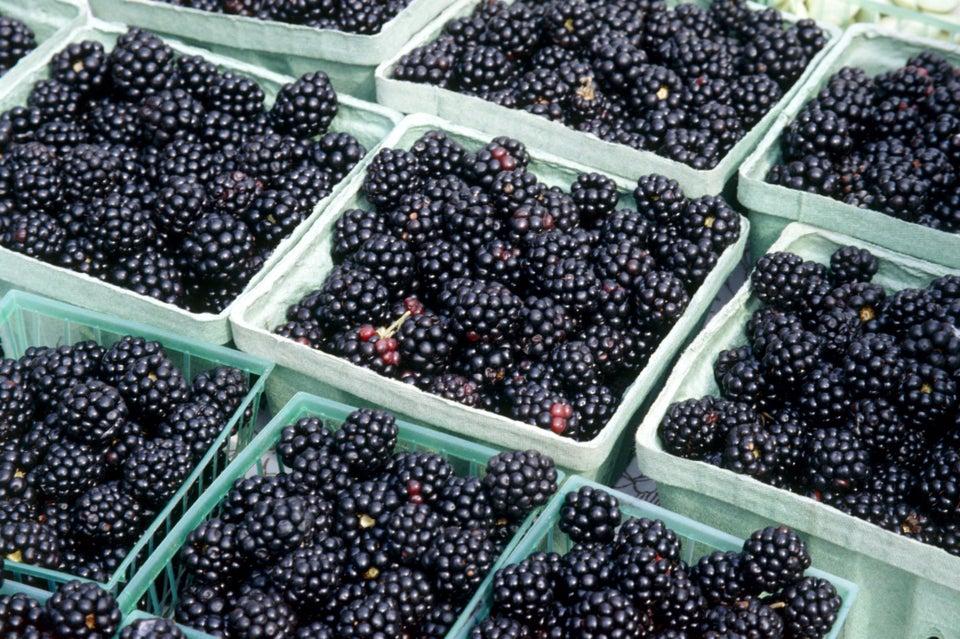
Choosing Choose blackberries that are firm but ripe, as they won't ripen after they've been picked. If they smell fragrant, they will taste good.
Using: Eat sweeter blackberries on their own or topping cereal, oatmeal or even salads. Tarter blackberries make great jams and also taste great with other fruits in pies and muffins.
Storing: Blackberries will keep in the refrigerator for two to three days. Store them in the original container or on a paper towel-covered plate, covered in plastic wrap. Wash them just before eating.
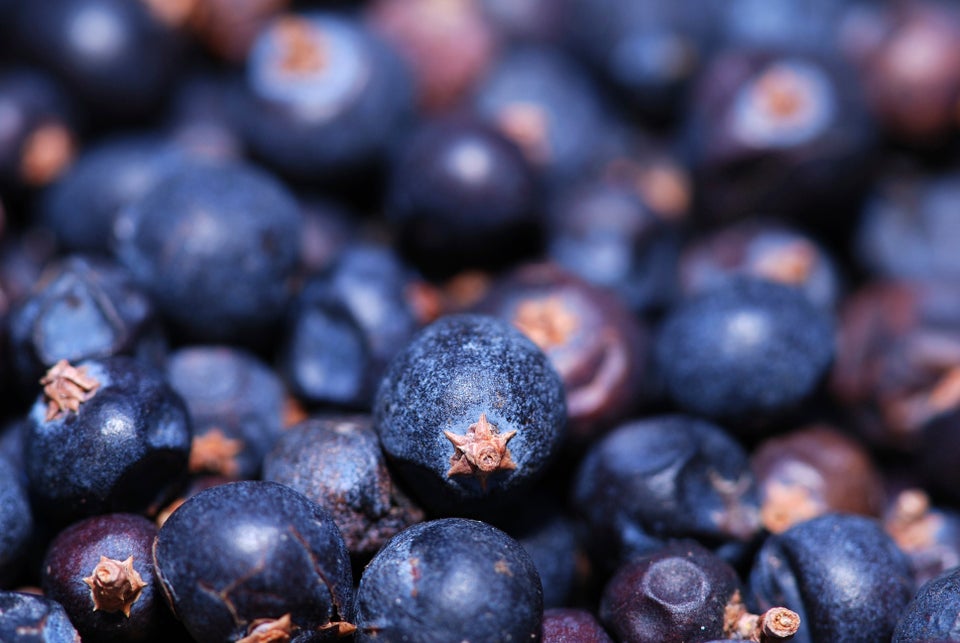
Choosing Huckleberries should be ripe but not mushy, and be careful that they don't have torn skin.
Using: These special berries make great syrups and jams, and can generally be used as you would blueberries -- in muffins, pancakes and pies, for example.
Storing:Huckleberries should be refrigerated as quickly as possible after being picked to maintain freshness for up to five days.
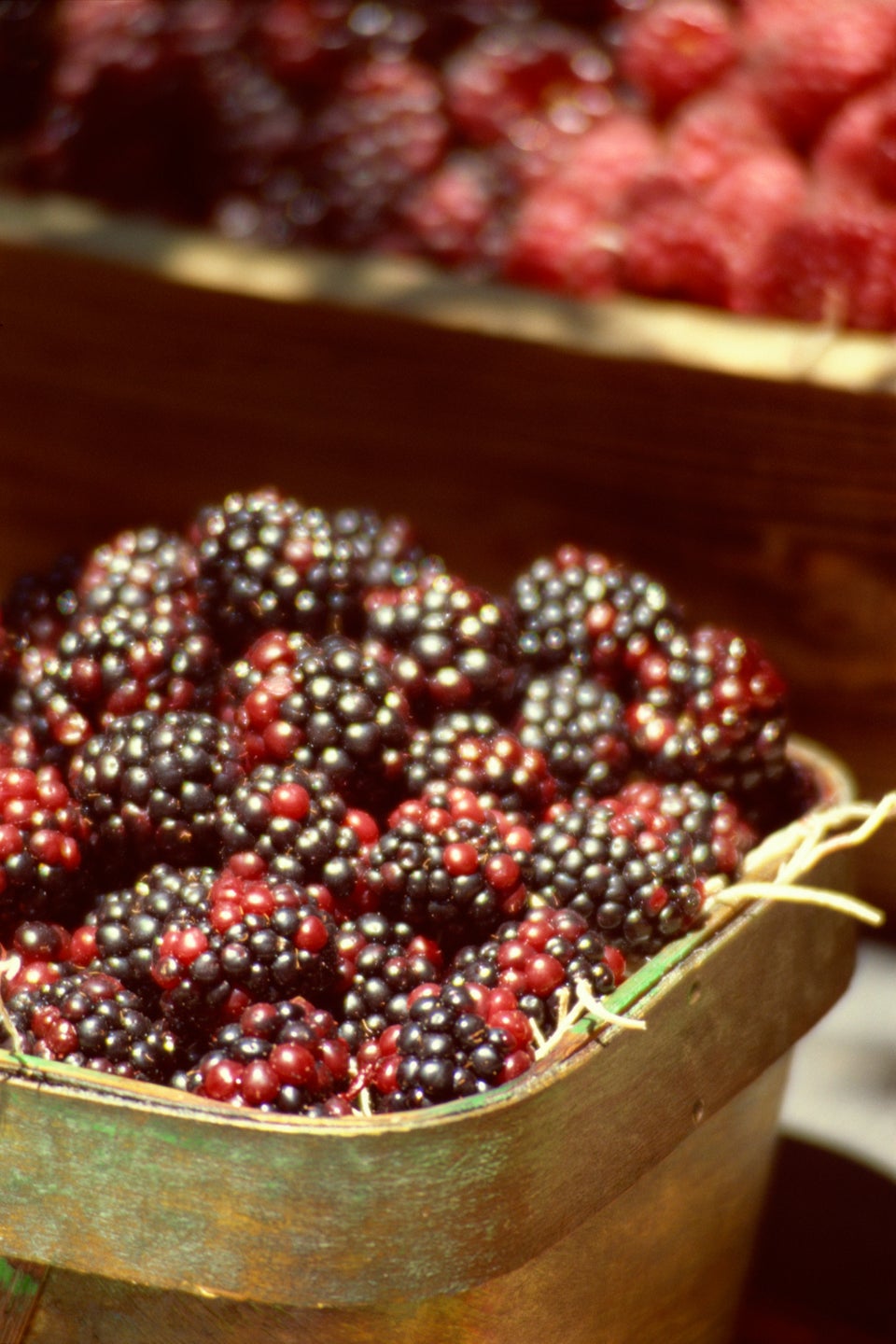
Choosing Because boysenberries are soft and thin-skinned, they leak juice easily and decay quickly. Finding ones that aren't bruised is your task at the farmers market -- pretty much the only place you can find them. Reddish, underripe boysenberries will be tart, so look for darker ones.
Using: The best boysenberries are both tart and sweet, and make great sauces, jams and pies.
Storing: Boysenberries spoil fast, so use them right away!
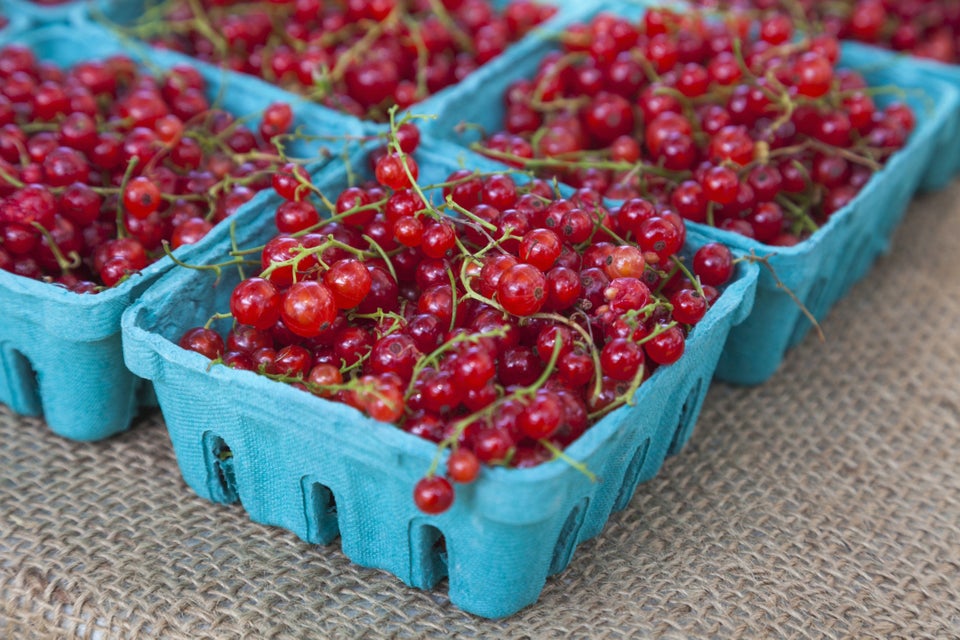
Choosing Look for red currants that are bright, shiny and firm. They should be on the stem, as they tend to break after they're off the stem.
Using:Red currants go great in desserts but also taste really nicely in savory dishes. You can crush them for a vinaigrette or sauce, or you can add whole ones to baked goods, ice cream or pie fillings.
Storing: These berries will stay good for up to three days in the refrigerator, and they can also be frozen. To freeze, spread them on a baking sheet, freeze them for three hours, then remove the stems and store them in bags in the freezer.
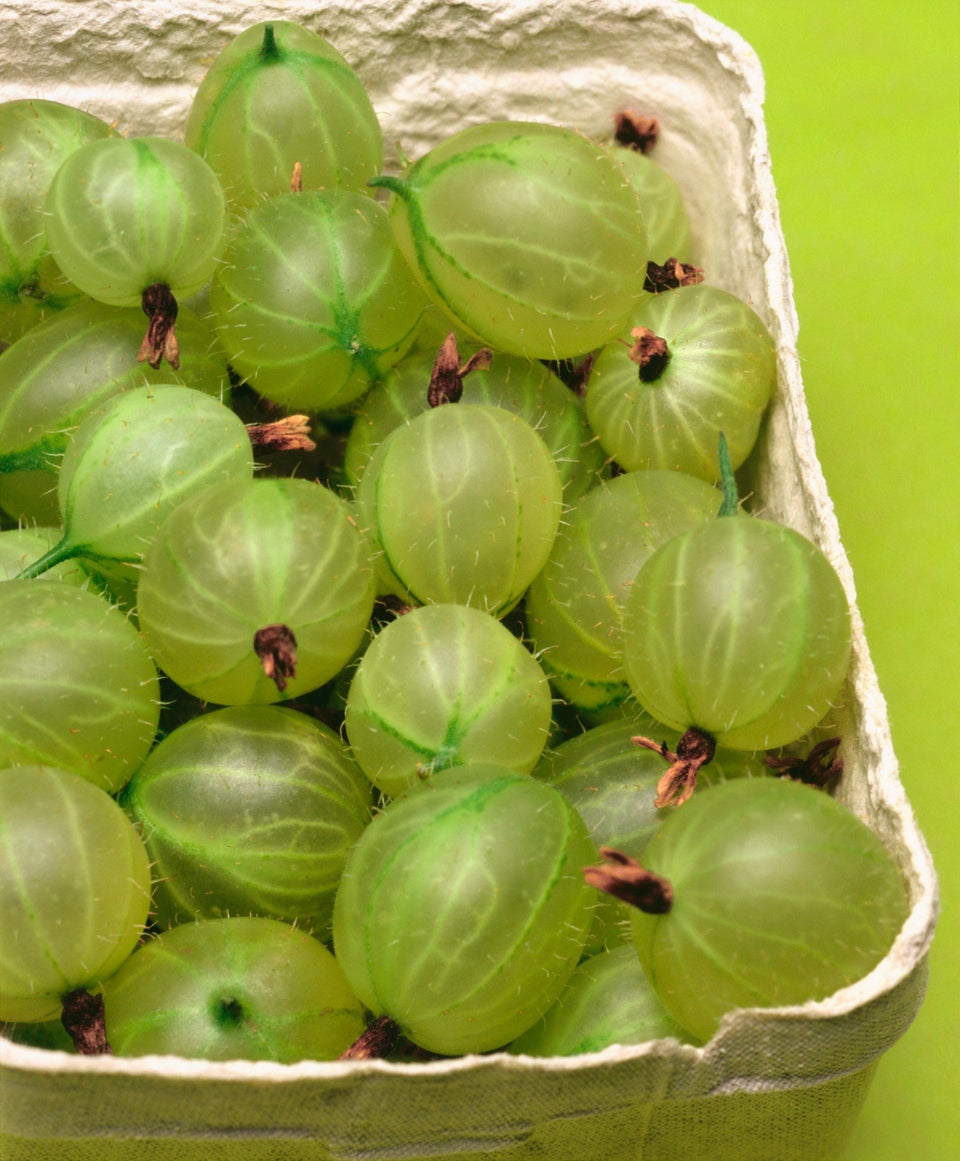
Choosing If you're going to cook them, look for firm, dry gooseberries and avoid ones that are mushy or wet. If you're looking to eat them right away, find juicier ones.
Using Tart, firm gooseberries hold up well and taste great in pies and crumbles. A "gooseberry fool" is a classic English dessert in which gooseberries are mixed in fresh whipped cream.
Storing Gooseberries will stay good unwashed in the refrigerator for up to one week.
